How Did a $55M Joker Beat a $237M Avatar at the Box Office? Part 1
Does spending ten times more money to make a smaller return on investment still make any sense in today's Hollywood?
I love going to the movies! I'm the guy who has to see that big new Hollywood movie on the first weekend when it comes out. I buy my tickets early to get good seats and always get popcorn and a drink. Well, only medium sizes mind you! Hey, I’m not a movie mogul. I’m just an ordinary BIPOC Joe who makes my living making movies and also spends my hard-earned money on movies. Studios and theatre chains must love me. I'm the ideal worker customer.
Like other movie fans, I do spend my time and money discriminately. I always check Rotten Tomatoes for a decent rating and I tend to see movies that would be much better experienced in a theatre than at home on my big-screen TV. It doesn't matter if I know the same movie will be released on a streaming service a short time later. I just have to see it in a theatre because that's still the best place to experience a movie. If your home theatre is more kick-ass than theirs, please invite me to your next screening. So why am I advocating that we should make less of these big-budget, big-screen spectacles and invest in lower-budget feature films?
Don't get me wrong though. I'm still a big fan of big-budget movies. I saw Denis Villeneuve's Dune three times in the theatre including once in IMAX. The Arrakis dunes and Harkonnen's attack on the House Atreides looked and sounded spectacular on the big screen with Dolby Atmos sound.
In my job as an Art Director, I love working on big-budget feature film productions. (@DenisVilleneuve, please call me any time! Seriously!) The politics and stress get just as big in this type of production.
When I worked on Star Trek Beyond ($200M budget), we had to start from scratch because one of the key producers did not greenlight the script even though we had been prepping for months. Doug Jung and Simon Pegg (who also co-starred) had to write a new script from scratch in a few months and get it greenlit while hundreds of people were working away in prep because we had to go in camera no matter what. This movie had to be released to coincide with the 50th Anniversary of the original Star Trek TV series that launched with the entire franchise. Talk about working under extreme pressure! Despite all the stress though, where else can I help design and create epic new worlds or never-before-seen spaceships? It's only in these big productions where studios are willing to spend literally hundreds of millions that allow the creatives to have a lot of fun and freedom.
These huge productions also employ hundreds of film workers as you can see from the massive list of names in the end credits. These big movies are also very lucrative for the film production centres where these productions are made. Billions of dollars in economic activity are gained in production hubs like Los Angeles, Atlanta, New York City, Vancouver, Toronto, London, Budapest, Prague, Johannesburg, Gold Coast and a host of other cities that are vying for the same film production money.
Film productions pay money directly to the film workers as wages and also spend money on thousands of goods and services that are necessary to make a movie. There are many indirect economic benefits to businesses that rely on film production from movie light rental companies to hotel accommodations to coffee machine rentals. The global film production industry is massive with a total of $247B spent on producing content in 2024. No wonder so many cities compete to get a piece of this big production pie.
When you look at the potential earnings from making feature films, you would think that everyone would want in on the action. But of course, if it was that easy, everyone would be doing it, right? Obviously, not everyone can be James Cameron. Not that you want to be. Just ask Linda Hamilton. His movies have grossed over $8.7B worldwide. Avatar costs $237M to make a colossal $2,923,706,026 gross worldwide! That's a return on investment of 1234%. That ROI isn't even that high. Joker costs $55M to make and had an ROI of 1962%! That's how the Joker beat Avatar!
Of the top 50 feature films that each grossed over $1B worldwide, the average ROI is 807%. Your high-interest GIC doesn't seem so high anymore, does it? The only industries that even come close to this level of profitability and aren't even legal would be the Drug Trade and Cybercrime and Hacking! I don't have any way to verify the numbers of illegal trade because they don't tend to share their bookkeeping data. But Pablo Escobar at his peak was worth about $60B in today's dollars. The highest legal industry Technology and Software (Google, Microsoft, Apple, etc.) makes a paltry 40% return on investment.
But of course, the movie industry is not defined or comprised of only high-grossing feature films. All movie studios are global businesses that are made up of a multitude of revenue streams with a huge network of expenditures. For an entertainment conglomerate like Disney, the movie business is a small part of their portfolio. It also has amusement parks, cable networks, streaming platforms, licencing, sports and vacations. Certainly, not all feature films are profitable. Unlike many other more predictable industries, the movie business is very volatile. The ROI is all over the map. Spending more does not increase the likelihood of returning a good profit.
Perhaps by luck, some sort of alchemy and a lot of producing experience and know-how, good movie producers can turn a profit on most of their feature films eventually. Remember that there are many other costs to completing and releasing a feature film.
The most expensive distribution cost is marketing which could be as much as the cost of production. Obviously, not all movies are as profitable as these top 50 feature films. Some bomb spectacularly! Everyone seems to remember John Carter as the most egregious of these bombs losing $255M even after making $284M at the box office because of other costs like marketing. But the Director Andrew Stanton and lead actor Taylor Kitsch both went on to do amazing work. However, when a film performs poorly, all of the other productions have to take a collective hit.
I worked on Tomorrowland which unfortunately made the top 11 all-time expensive bomb list losing $185M. It looked amazing, but looks aren't everything! As a result of that, Disney cancelled two other big-budget sci-fi movies which I could have worked on and could have employed hundreds of other film workers and generated millions in economic activity. Or these big-budget sci-fi movies could also have bombed. Disney did not want to take the risk.
It used to be a lot more predictable and lucrative with many more revenue streams after the release of a film. The marketplace is much more competitive and consolidated today. In pre-pandemic and pre-streaming days, the marketplace looked some like this.
There were many other ways that a motion picture could earn more money after it completed its run in first-run movie theatres. The DVD retail and rental markets were huge! Remember Blockbuster Video Stores? Not only did the studios and distributors make money from this market, but those lucky enough to get residuals also got paid. Then there is the Pay-TV market and Cable Television. Subscription Video on Demand services like Netflix were much, much smaller back then.
The film industry took a gut punch like many other industries during the global pandemic in 2020-2022 and then took another blow to the head in 2023 during the Writers' and Actors' strikes. The industry is still reeling and has yet to find its solid footing. During the pandemic filmgoers worldwide got so used to staying home for the movies, they became filmstayers and the box office has never rebounded to pre-pandemic levels. There are no rental DVDs and hardly any retail DVD markets. Cable companies are struggling as they have lost viewers to the streamers and compete for advertising dollars with social media giants. Feature film production has yet to recover.
Globally speaking, film and TV production volume and spending levels are down 50% compared to a year ago. Last year was an outlier where productions ramped up briefly in the first quarter to complete productions before the Writers and Actors went on strike which effectively stopped Hollywood productions worldwide for about 7 long months. Not only are there fewer productions, but the average cost per production is also down as the costs keep going up. So what can we do to turn this around?
To be continued in How Did a $55M Joker Beat a $237M Avatar at the Box Office? Part 2.







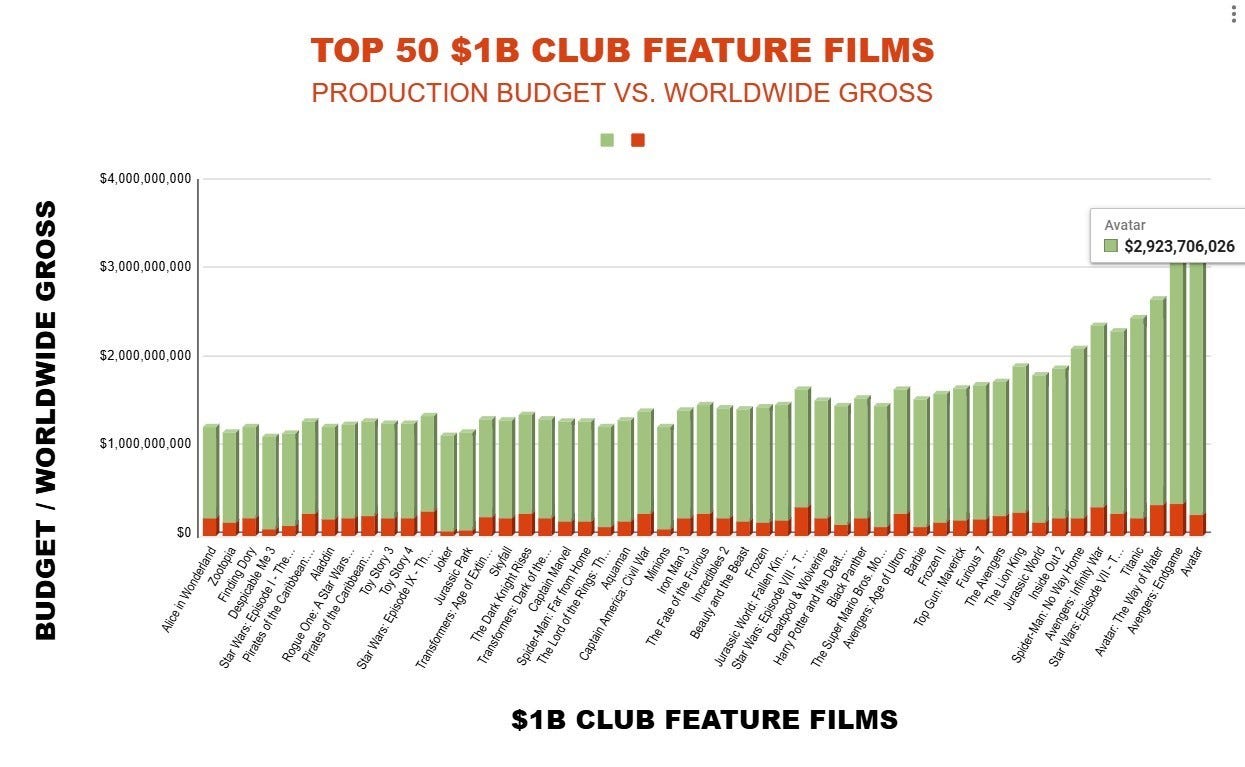
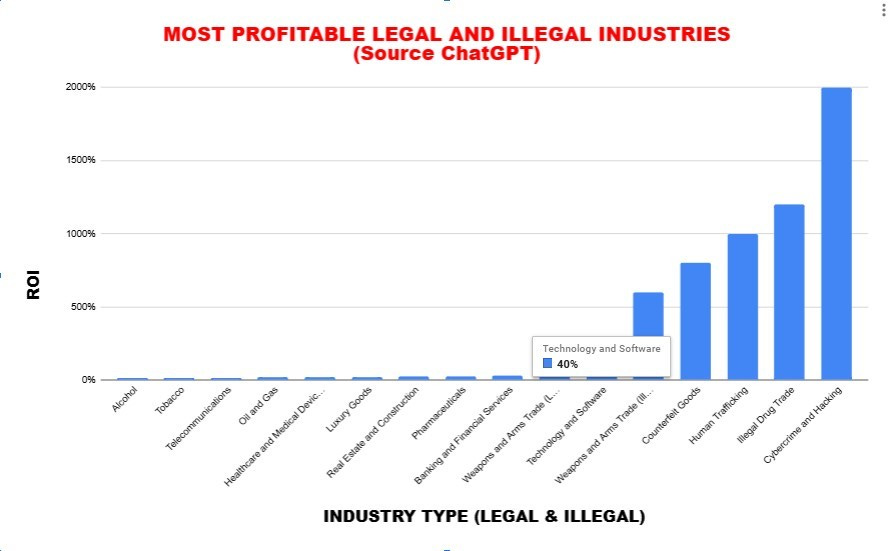
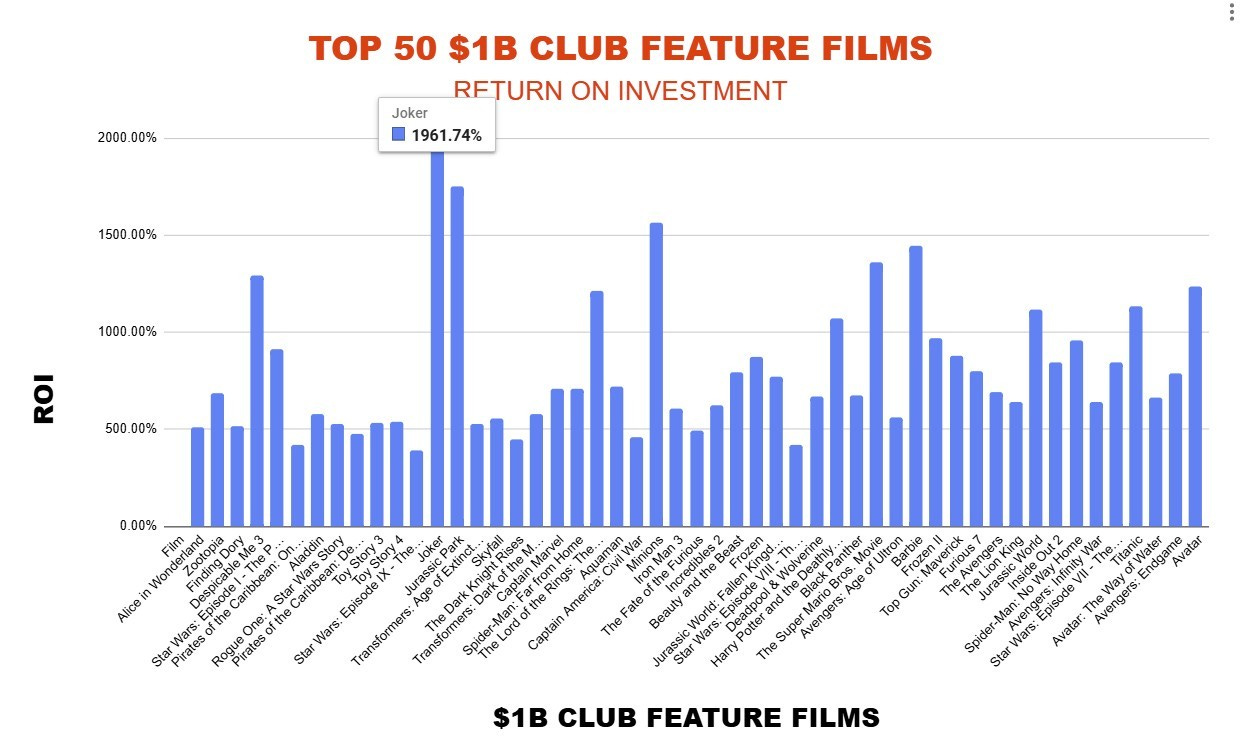

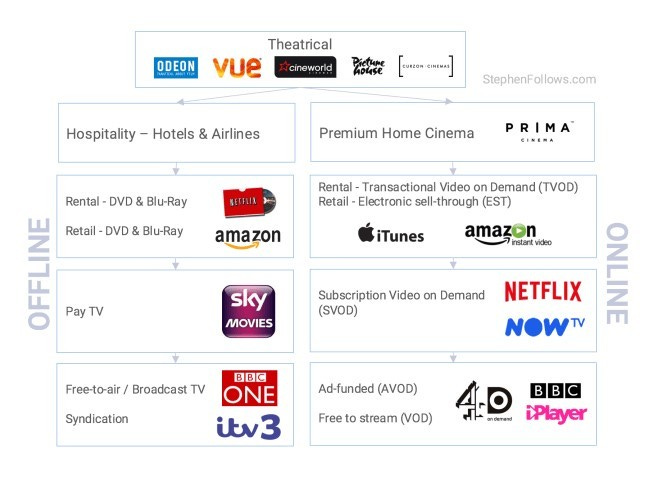
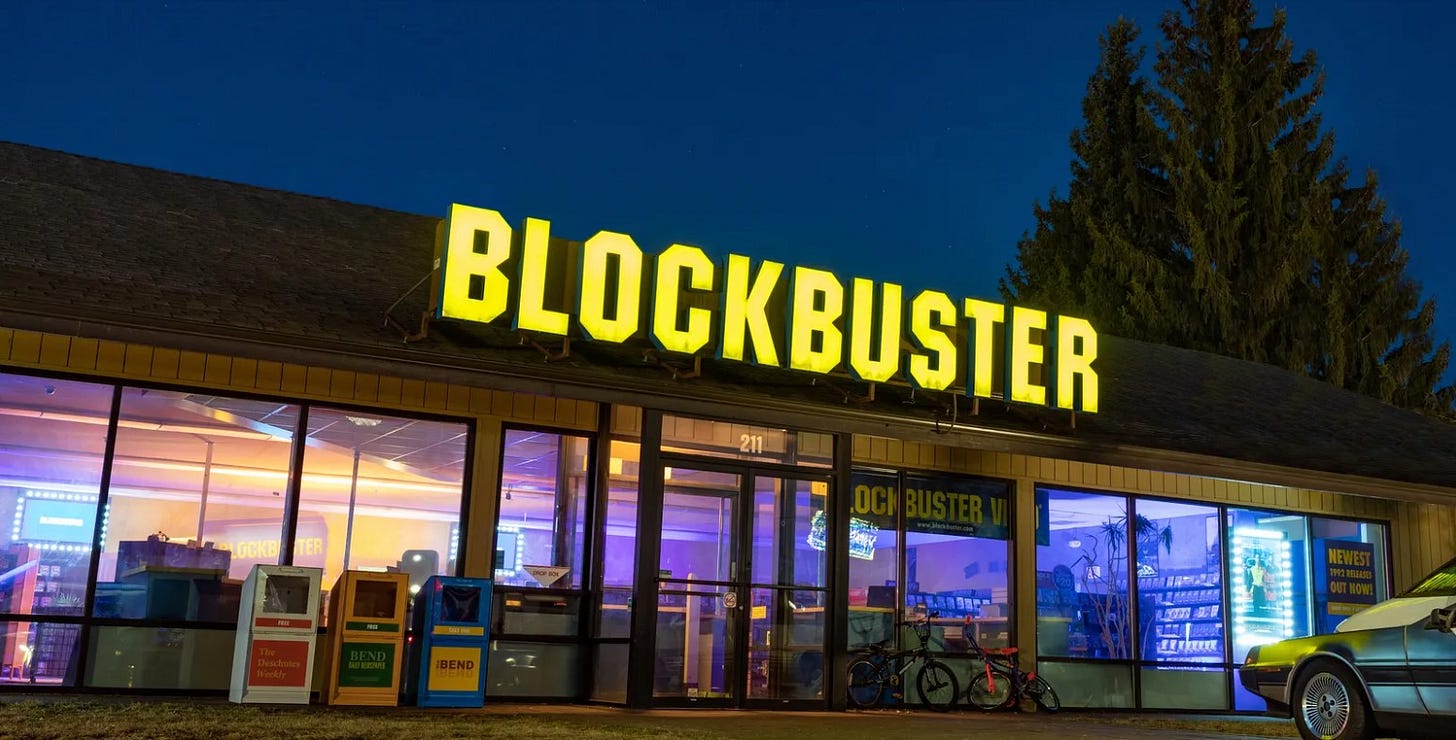
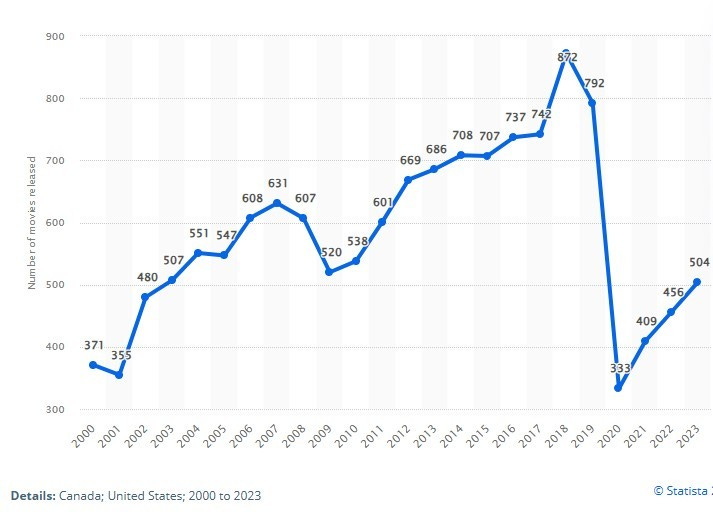
My degree is in theater, with a costuming minor/focus. I never used that training professionally, I found when it was time to market myself, I didn't have the personality to do it at the level needed. I admire people who do.
My day job, I'm a Banker in Corporate Finance - my hobby, I'm a gamer...primarily MMO/Fantasy type games. I only mention these things to illustrate that this article is an absolute confluence of everything I want to read.
My biggest question after reading this is: why is it so tough to determine what it is people want to see? Why isn't it possible to hit it out of the park every time? You gave Disney as an example - surely Disney has every shred of Marketing/focus information available to human beings and should be able to plan a production that hits hugely. Would it be soulless if they did? Would it be unFun to create and worse to watch? In games, for example, developers rattle around trying to figure out what to do for the players, when it's really a matter of...just ask 'em. You might get a ton of answers, but they'd have a thread.
I look forward to Part II. And I hope sincerely hope Denis Villeneuve gives you a call.